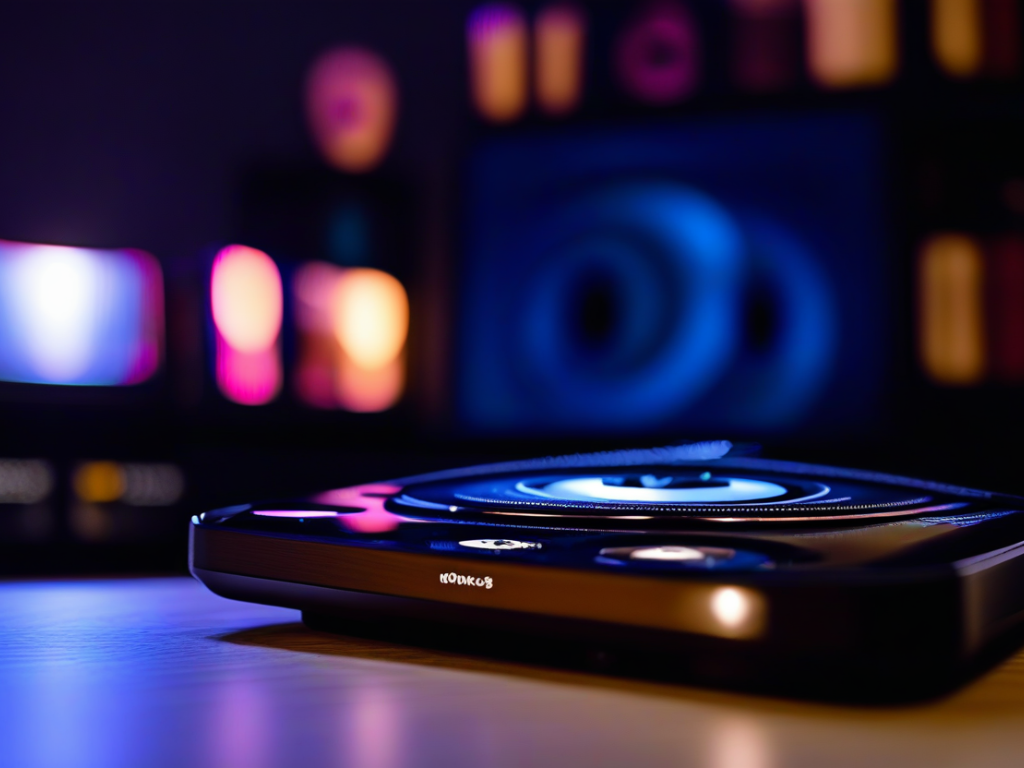As an audio enthusiast, the pursuit of ultimate sound quality is a never-ending journey. One of the key elements in achieving a premium music listening experience is the quality of the audio source itself. In recent years, the rise of lossless streaming services has revolutionized how we consume music, offering an unparalleled opportunity to enjoy studio-quality audio right from our music players. In this article, we will explore the significance of lossless streaming in enhancing your music listening experience on your player, providing insights and practical tips based on my extensive experience in the audio industry.
In this article you will find:
- The Basics of Lossless Streaming
- Benefits of Lossless Streaming
- Choosing a Compatible Music Player
- Optimizing Your Setup
- Exploring Lossless Streaming Services
- Conclusion
The Basics of Lossless Streaming
Lossless streaming refers to a method of delivering audio data without any compression or loss of quality. Unlike traditional compressed formats like MP3, which sacrifice some audio data to reduce file sizes, lossless streaming preserves the original audio quality, ensuring every subtle nuance and detail is retained. This means that when you stream music in a lossless format, you are essentially hearing the music as the artist and audio engineers intended it to be heard.
Benefits of Lossless Streaming
The most apparent benefit of lossless streaming is the superior audio quality it offers. With higher bitrates and resolutions, lossless audio files deliver a more accurate representation of the original recording, leading to improved clarity, depth, and dynamics in the sound. This enhanced audio fidelity can make familiar tracks sound fresh and revealing, allowing you to rediscover your favorite music in a whole new light.

Choosing a Compatible Music Player
Not all music players are created equal when it comes to handling lossless audio. To fully enjoy the benefits of lossless streaming, you need a device that supports high-resolution formats and has the necessary hardware capabilities to decode and playback lossless audio files. Look for music players that are equipped with high-quality digital-to-analog converters (DACs) and audio output circuits to ensure optimal sound reproduction.
Optimizing Your Setup
For the best listening experience, consider pairing your music player with high-fidelity headphones or a quality sound system. The synergy between your player, headphones, and audio setup can significantly impact the overall sound quality. Additionally, optimizing your music player’s settings, such as adjusting the equalizer settings or enabling exclusive audio modes, can further enhance the audio output to suit your preferences.
Exploring Lossless Streaming Services
There are several lossless streaming services available today, each offering a vast catalog of high-resolution tracks for your listening pleasure. Platforms like Tidal, Qobuz, and Amazon Music HD provide subscribers with access to an extensive library of lossless audio content, including popular albums, curated playlists, and exclusive releases. By subscribing to a lossless streaming service, you can elevate your music listening experience and immerse yourself in pristine sound quality.
Conclusion
In conclusion, embracing lossless streaming on your music player is a transformative experience that can elevate your music listening to new heights. By prioritizing audio quality, choosing a compatible music player, optimizing your setup, and exploring lossless streaming services, you can unlock the full potential of your music collection and immerse yourself in a sonic landscape rich with detail and emotion. So, why settle for standard-quality audio when you can indulge in the pure bliss of lossless music streaming? Take your music listening experience to the next level and savor every note, beat, and melody in all its uncompressed glory.

